How Swiss is Trump’s new ‘apprentice’?

With US President Donald Trump calling for more Swiss-style vocational training to combat joblessness, we crunched the numbers to compare the systems.
Part one of a two-part series examines the funding and wage situation as well as the number of apprentices in each country as a Swiss delegation visits Washington to discuss vocational training.
Questions or comments about Swiss job training? Leave them in the comments or post them on Twitter using the hashtag #SwissApprenticeship.External link External link
Funding
Alluding to his former reality TV show “The Apprentice”, the US president recently announced his intention to create more apprenticeships with an executive orderExternal link pledging $200 million (CHF193.6 million) in funding. At first glance, it more than doubles the $95 million in federal funds for such programmes under the 2017 government budget, but that doesn’t include $175 million in state apprenticeship grants pledged under the Obama administration. Those were funded by fees for H1B visas that companies pay in order to bring qualified workers from abroad. Of Trump’s $200 million in apprenticeship funding, $105 million depends on H1B visa fees, and it remains unclear how many such visas will be issued under the Trump administration.
The rest of Trump’s pledged apprenticeship funding comes from existing dollars for about 40 current job training programmes, which his administration plans to streamline and review. The 2018 budget proposal also calls for cutting funding to job training programmes from $2.7 billion to $1.6 billion, with US Secretary of Labor Alex Acosta telling the White House press corps that the administration hopes to encourage more “private to private partnerships” in the area of job training.
Trump’s $200 million pledge for apprenticeships amounts to about 62 cents for every United States resident (not including funding from individual states).
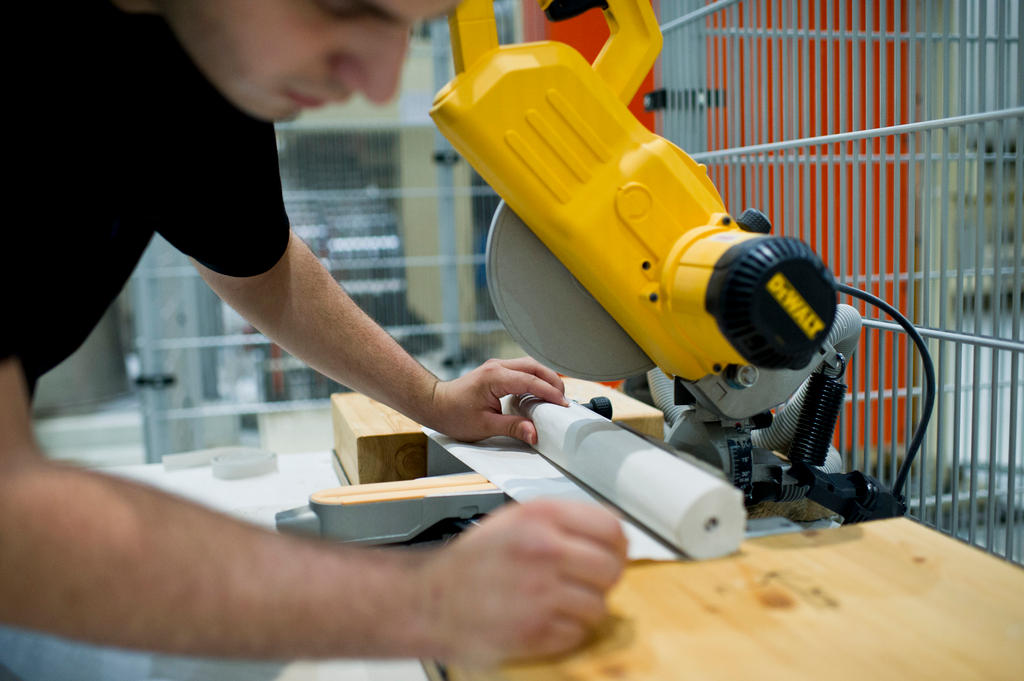
More
Seeking a workforce makeover
By comparison, Switzerland’s federal government and cantons spend CHF3.5 billion per year on its vocational training system, a route taken by most of its secondary school graduates. Roughly a quarter of those costs are shouldered by the federal government, with the rest falling to the cantons. That amounts to about CHF10 in spending for every Swiss resident from the federal government, and another CHF32 per person from the cantons.
Ultimately, companies training apprentices assume most of the costs involved in their education, with the latest available data showing that Swiss apprentices cost companies CHF5.3 million per year to train. However, apprentices end up having an overall positive output for companies amounting to CHF5.8 million annually.
Number of apprentices
In March, Marc Benioff, CEO of the company Salesforce, called on the US presidentExternal link to commit to creating five million apprenticeship positions in five years at a roundtable on apprenticeships with business leaders and German Chancellor Angela Merkel.
“Let’s do that, let’s go for that five million,” Trump responded, re-iterating that goal in his June announcement about re-directing funding towards apprenticeships.
However, Suzi LeVine, the former US ambassador to Switzerland who is now working on establishing apprenticeship offerings in several US states, argues that her country needs to establish three or four very successful pilot programmes before scaling up to such numbers. She finds a 10-year window more realistic for producing five million apprenticeships.
Under Obama, the number of new apprentices in the US increased from 132,782, in 2008 to 206,020 in 2016, according to Department of Labor data (which includes a special military apprenticeship programme known as USMAP). By comparison, there are currently 20.9 million students enrolled in universities across the country, an increase of more than five million since 2000.
In Switzerland, 70% of young people leaving secondary school go on to an apprenticeship, with the remainder continuing academic studies in order to qualify for university. In the US, Department of Education data shows that some 70% of graduating high school seniors enroll in colleges or universities.
Some 200,000 companies in Switzerland – about 40% of the total – offer at least one apprenticeship, with approximately 80,000 slots available for first-year students every year.
In the past several years, there have been more apprenticeships available than students to fill them – but the most desirable apprenticeships as office assistants, healthcare workers and IT professionals remain quite competitive and students must apply as they would for a job. On average, a potential apprentice has to apply at least seven times for a position in construction and at least 15 times for a retail apprenticeship before being accepted, and they don’t always find a position in their first choice of apprenticeship.
‘Earn while you learn’
US President Trump and others have frequently used the slogan “earn while you learn” to describe the advantages of vocational training, since apprentices work at the company training them and receive salaries.
In the US, an average starting wage for an apprentice is $15 per hour, according to the Department of Labor. The overall average wage in the US is $22. Once an apprentice has completed his or her training, they can expect a mean annual salary of $60,000, which falls above the US median income of about $51,000.
That’s comparable with what an apprentice can expect to earn in Switzerland.
Swiss visit to Washington spotlights vocational training
Swiss Economics Minister Johann Schneider-Ammann is visiting the US on July 17 and 18 to discuss Switzerland’s vocational training system with Labor Secretary Alex Acosta, US Secretary of Education Betsy DeVos and Ivanka Trump.
Switzerland consulted on US vocational training many times during the Obama administration, signing a Joint Declaration of IntentExternal link to work together on the issue in July 2015. In all, some 30 companies in Switzerland committed to bringing apprenticeships to the US during the Obama administration.
The Swiss government published a strategy for education, research and training in 2010 that focused on trying to make a larger effort to export the Swiss apprenticeship model. Germany, Austria and Switzerland are the countries in the world with the most developed vocational training systems.
Swiss officials have been working to introduce the system to major economies and nations such as Brazil, China, India, South Africa and Vietnam, along with the United States.
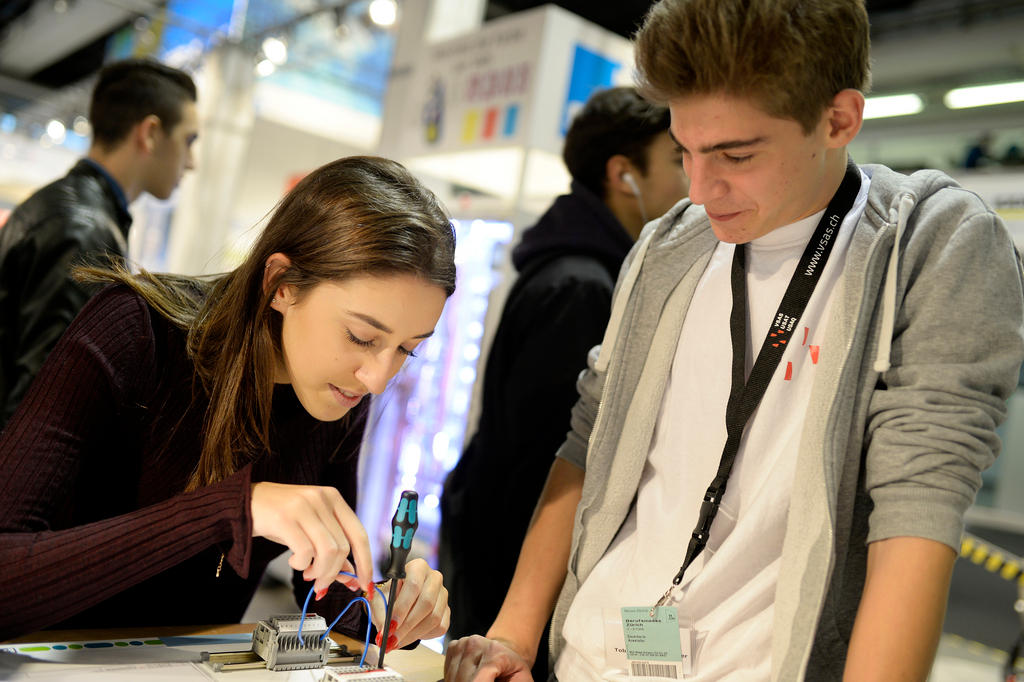
More
Guaranteeing quality job training in Switzerland and the US

In compliance with the JTI standards
More: SWI swissinfo.ch certified by the Journalism Trust Initiative









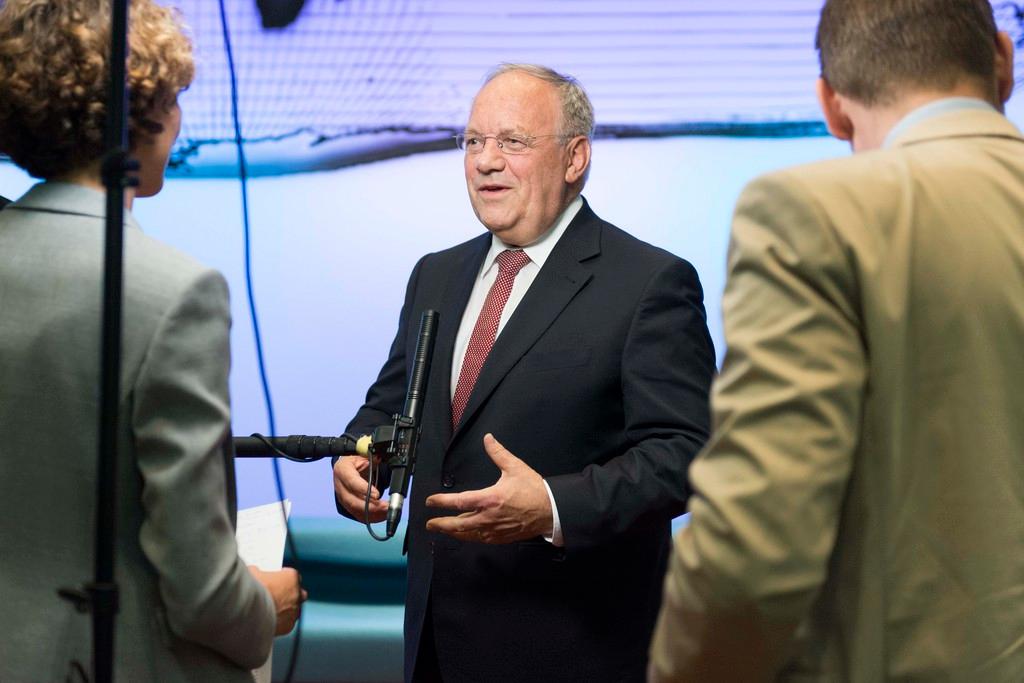


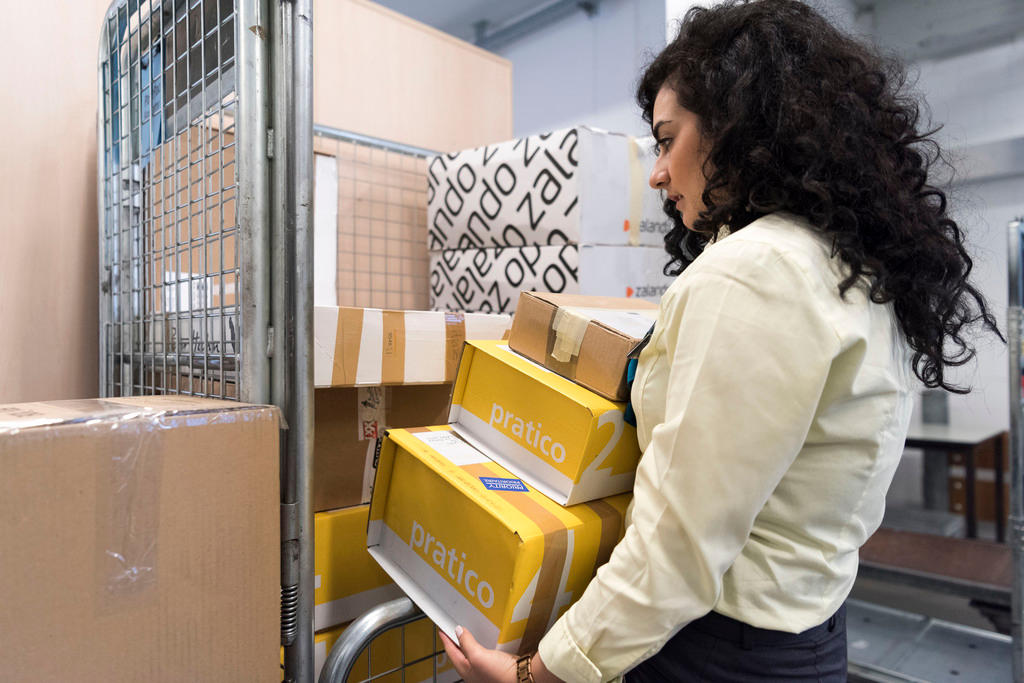

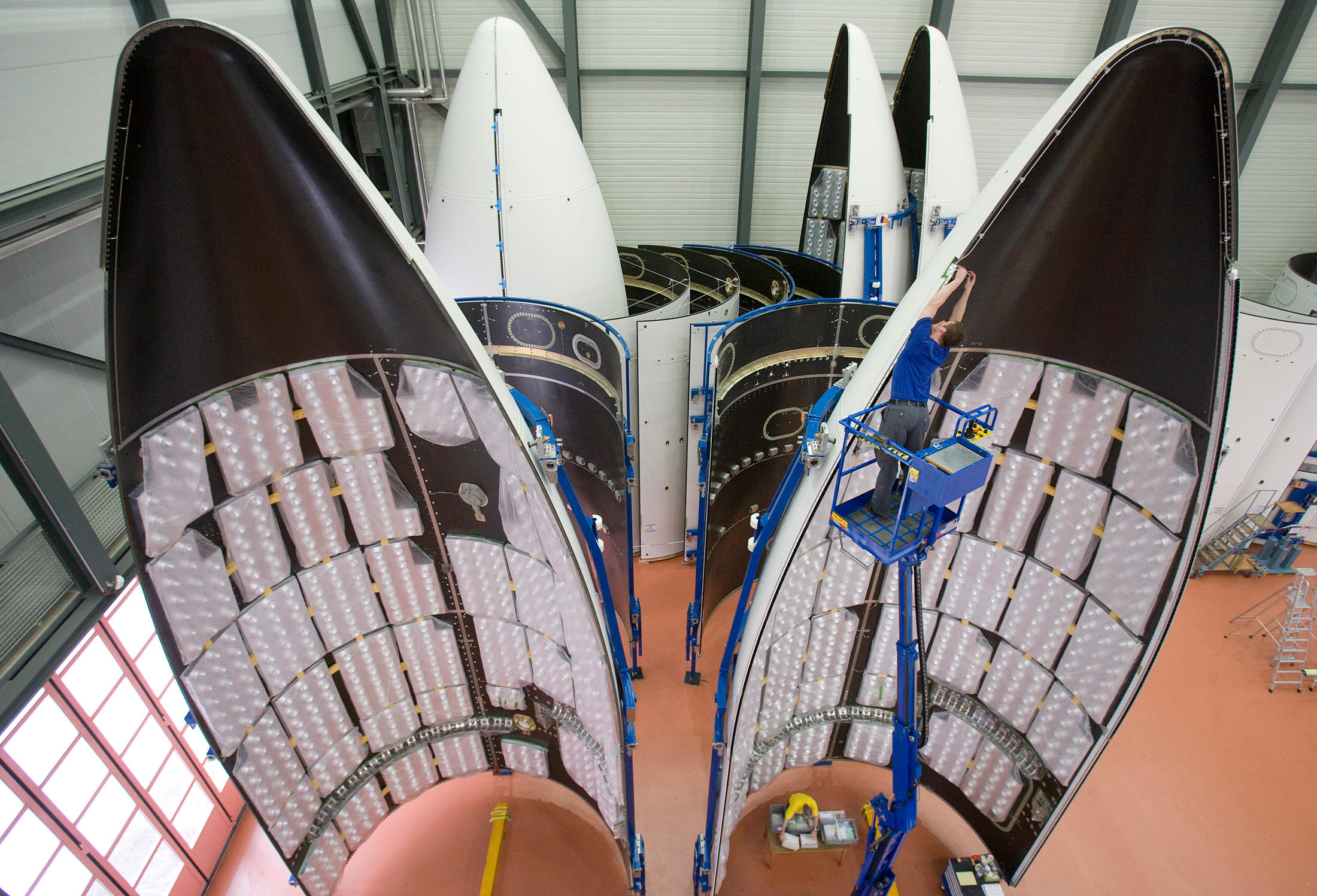
You can find an overview of ongoing debates with our journalists here . Please join us!
If you want to start a conversation about a topic raised in this article or want to report factual errors, email us at english@swissinfo.ch.